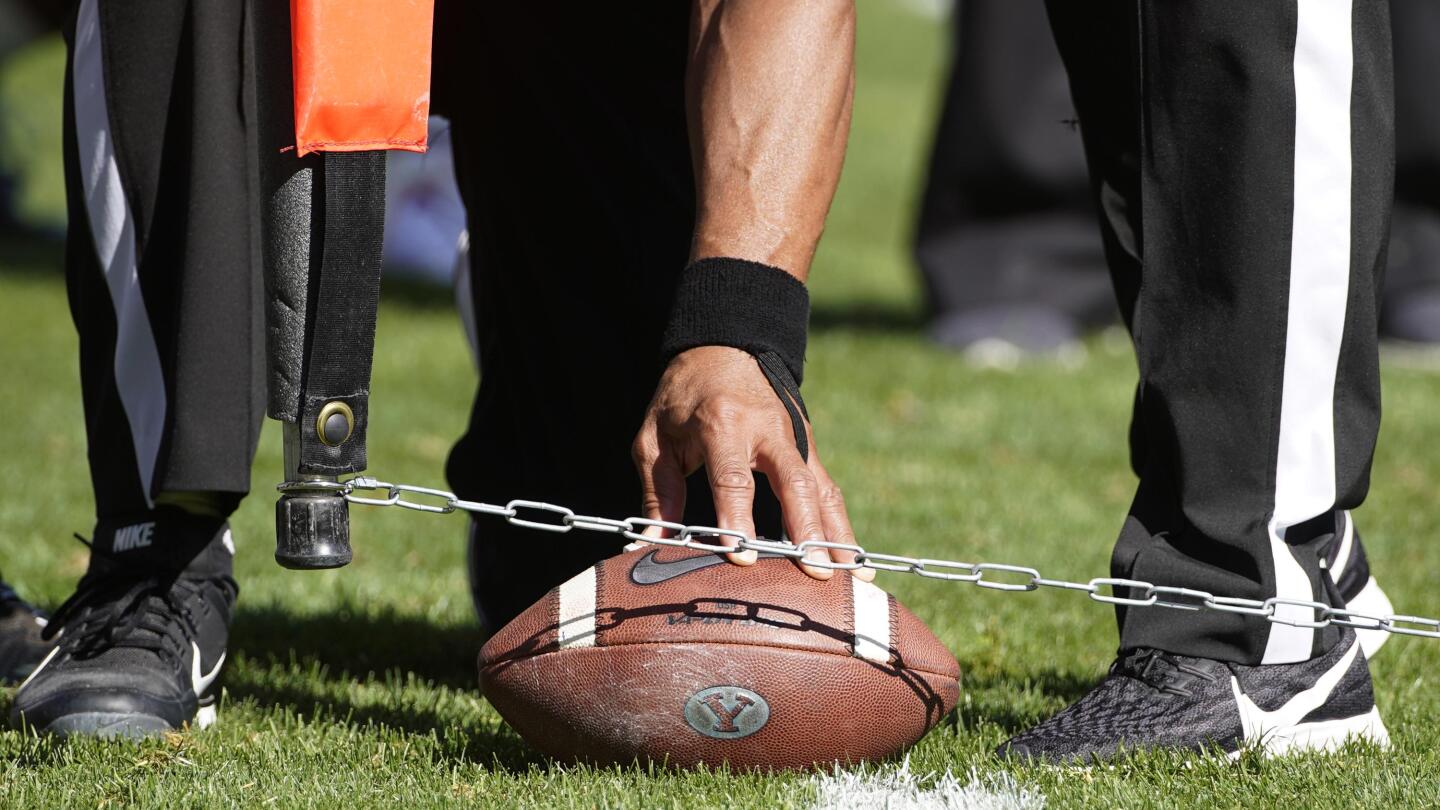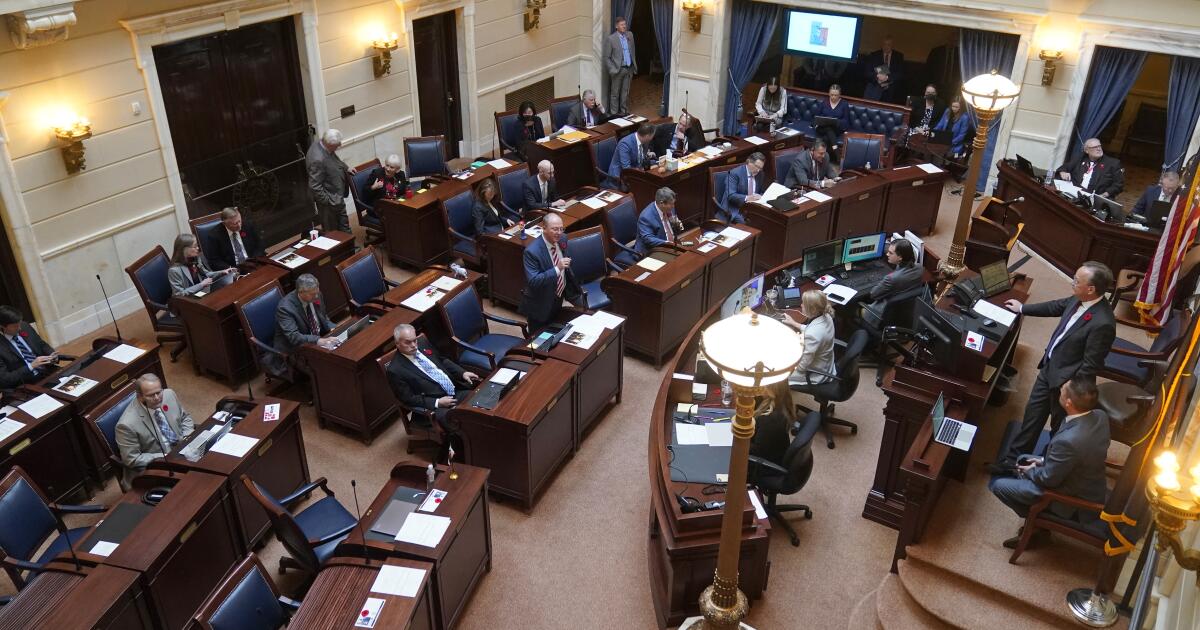In an interview with conservative podcast host Charlie Kirk, Lee criticized independent map commissions and the decision of “leftist allies in the Utah courts.” …

WASHINGTON — Sen. Mike Lee, R-Utah, again criticized a recent ruling in Utah requiring the state Legislature to redraw its congressional map, accusing Democrats of utilizing “leftist allies in the Utah courts” to gain political leverage.
In an interview with conservative podcast host Charlie Kirk posted over the weekend, Lee said Utah’s electoral system is “under attack” by state Democrats in an attempt to threaten Republicans’ overwhelming control in the Beehive State. Lee’s comments come as the Legislature must produce a new map before the end of the month that adheres to anti-gerrymandering laws previously passed by the state.
“This is great for Utah’s Democrats who haven’t controlled the Utah Legislature in many, many decades,” Lee said. “(Which is) not because Utah voters are ignorant, but because they don’t like what the Democratic Party is selling, and haven’t for decades.”
Advertisement
Advertisement
Lee disagreed with 3rd District Judge Dianna Gibson’s ruling last month that the Utah Legislature illegally gerrymandered the current congressional boundaries and ignored the will of voters to use an independent commission to draw the state’s map. The independent commission was approved in a citizen-led ballot initiative in 2018, but was later amended by the state Legislature to be used only as an “advisory board.”
The state then drew its own map in 2022 that split Salt Lake City, often considered a blue dot in an otherwise red state, evenly between the four congressional districts — diluting Democratic voters, voting groups alleged. Gibson sided with the groups, ordering new boundaries be drawn before next year’s midterm elections.
Lee rejected that ruling, arguing the judge invalidated the Legislature’s amendments to the ballot initiative “even though nothing in the Utah Constitution compels or even allows that result.”
“The Utah Legislature subsequently amended that law, which it has the power to do under the Utah Constitution,” Lee said. “The Legislature can subsequently amend or even repeal a law that was previously made under our state constitution through a ballot initiative.”
Advertisement
Advertisement
Lee also reiterated previous claims that independent commissions are typically used as political weapons to usurp the will of the state Legislature and whichever party holds majority control.
The Utah senator said that while those who are elected to the independent commission may be “well educated and well intentioned,” they should not be the final say for the state’s political decisions because they are not elected.
Under Gibson’s ruling, the state Legislature has until Oct. 6 to submit a new map that adheres to anti-gerrymandering rules passed under Proposition 4, the ballot initiative that established the independent commission.
Altering the lines could put a larger portion of Salt Lake City into one district, which Democrats argue could put the seat up for grabs — and give them an opportunity to flip a key district as they battle for control of the U.S. House of Representatives.
Advertisement
Advertisement
Lee claimed the ruling was being praised by Democrats because of that reason and that it scores the party, currently in the minority in Congress, “cheap points.”
More in Politics
“It’ll also result in maps that are far more generous to Democrats,” Lee said. “And I think that’s the whole point is that they hope to pick up at least one seat, maybe two, for Democrats in Utah as a result of this. So it’s kind of a judicial takeover of the political process.”
The map fight in Utah comes amid a larger national redistricting fight between Texas and California, with other states preparing to enter the fold.
Democrats only need to net three seats in the 2026 midterm elections to wrest control of the House. The party also has historical precedence on its side as trends show that the party of the sitting president typically loses control of the House during midterm elections.
Source: Utah News












